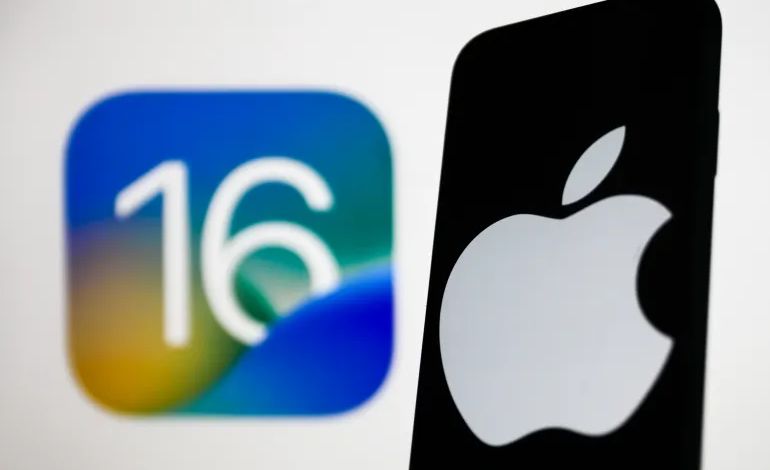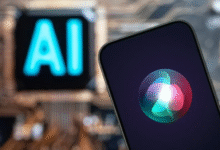Apple’s iPhone Updates: Continuous Evolution with a Steady Approach


In 2017, Apple introduced a major redesign of its iPhones, abandoning the central button and surrounding bezels in favor of what became known as the “notch.” This shift necessitated a significant overhaul of the phone’s design and interface to align with the new form factor and usage methods.
Since then, Apple has maintained minimal updates to its devices, with only minor differences between each generation. Despite this, the company continues to market these updates as significant innovations, even though the distinctions between each new iPhone model may be relatively subtle.
This September 2024, Apple will unveil its latest iPhone generation, the iPhone 16, following its usual release schedule with four new models ranging from the “iPhone 16” to the “iPhone 16 Pro Max.” This generation will introduce new artificial intelligence features. The question remains: Will these new features break Apple’s cycle of incremental updates, or will the differences remain minimal?
Why Does Apple Follow This Approach?
Critics argue that Apple’s approach stems from a lack of creativity and new ideas. However, the reality is that Apple follows a well-thought-out strategy to ensure that its devices align with its marketing framework and overall company policy. By providing incremental updates, Apple fosters user loyalty, encouraging users to upgrade every 5 to 6 years rather than annually. Significant differences typically emerge only after several generations, such as the contrast between the iPhone 10 and the iPhone 15 Pro.
This philosophy is also reflected in the software support provided to iPhones, which generally lasts up to 6 years from the device’s initial release. Unlike Android phone manufacturers that often push for annual upgrades, Apple’s approach ensures a longer lifecycle for each device.
What’s New in the iPhone 16?
At its annual developer conference in June, Apple announced iOS 18, its main operating system, featuring new AI capabilities. However, these features will not be exclusive to the iPhone 16 but will also be available on the iPhone 15 Pro and iPhone 15 Pro Max. Therefore, these updates are not a primary incentive for upgrading to the new generation. While the iPhone 16 may run these features more efficiently, iOS 18 will be available on previous models as well.
The new features in the iPhone 16 are mainly found in the “Pro” and “Pro Max” models, which include an additional button for capturing photos and videos, a slightly larger screen size of 0.2 inches compared to previous models, and potential improvements in battery life and overall performance thanks to a new processor.
Anticipating the iPhone 17 and Foldable iPad
In the latest issue of Bloomberg’s “Power On” newsletter, Mark Gurman shared insights about the next iPhone generation, the iPhone 17. This model is expected to bring a significant change after 5 years of the current design, with speculation that Apple might introduce a new, slimmer model similar to the MacBook Air. This redesign could revitalize Apple’s sales by offering a substantial departure from previous models.
Additionally, 2025 may bring another surprise from Apple with the introduction of a “foldable iPad,” rather than a foldable phone. This seems more logical for users and Apple’s strategy. While Gurman’s leaks are often accurate, Apple may still surprise us with new approaches and policies, making the next generation of iPhones highly anticipated.








